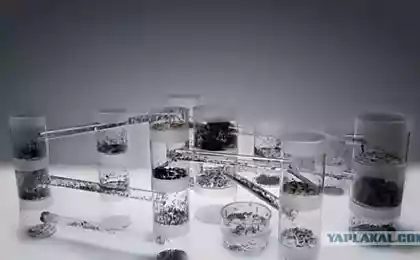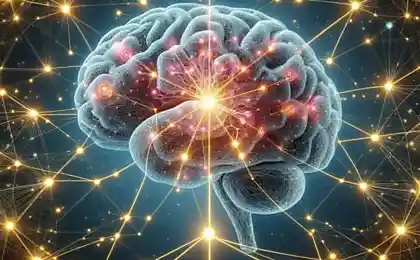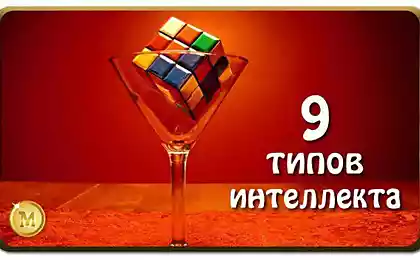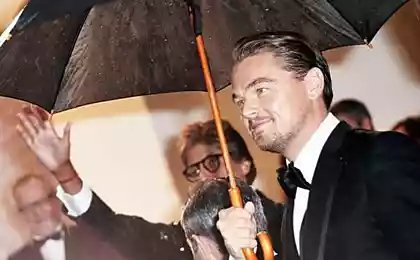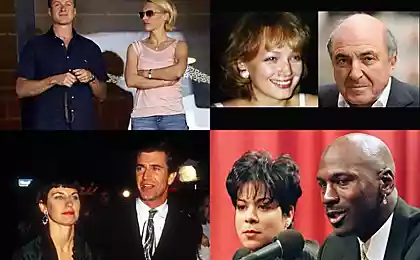547
Ants in Fiji about 3 million years ago learned how to grow fruit

Worker ant dragging a seed Squamellaria to the site
Social insects in some respects was far ahead of the person. For example, termites have mastered agriculture — the cultivation of fungi in the plantations — 25 million years ago, long before this discovery was made by a reasonable man.
Other social insects — the ants — are not far behind from termites for resourcefulness. Experts myrmecology found in the Fiji Islands, a previously unknown species of ants Philidris nagasau that does absolutely amazing things.
Ants Philidris nagasau mastered agriculture at a more advanced level than termites. Scientists estimate that the ants improve their farming skills millions of years. Insects don't just grow fruit Squamellaria for food, but live in them. Apparently, this is the most difficult form of agriculture among all animals studied to date.
Squamellaria is the representative of the family Rubiaceae. Members of this family usually are rich in caffeine and other alkaloids. To this family belongs the coffee tree. Although caffeine is a toxic substance and a powerful insecticide, it does not prevent the ants to eat the fruits Squamellaria and live in them. Probably in the process of evolution they somehow have adapted to this insecticide or Squamellaria just a little caffeine.
Scientists believe that the symbiosis of ants Philidris nagasau and Squamellaria is obligatory. It is a form of symbiosis in which the in vivo population can't exist without each other. The proof is the fact that 100% of the investigated instances Squamellaria six species (S. grayi, S. huxleyana, S. imberbis, S. major, S. Thekii, S. wilsonii) is inhabited by Philidris ants nagasau. They either processed the work of individuals, or are the location of the colony. Total 866 investigated plants. On the other hand, ants Philidris nagasau not found anywhere else, except on these trees. These two facts indicate the obligate nature of symbiosis: the ants are required to grow the fruits of this species and to live in them, otherwise they can not live.

Examples of fruits Squamellaria inhabited by a colony of ants
The production cycle of agriculture is organized as follows. Ants find the seeds Squamellaria and carefully planted them in the cracks of tree bark. Monitoring scientists, the ants care for the sprouts and a long wait when the plants will grow. Then the ants fertilize them and wait for fruit ripening. Despite long observation periods, scientists have not been able to observe how ants fertilize the plants. They suggest that working individuals defecate in gomati — a small cavity at the stalk of the plant.

Surprisingly, in the first week the ants receive no direct benefits from these plants, so caring for the seedlings is a long — term strategy. Similarly, the people caring for the vegetable sprouts, knowing that in the future will be the harvest.
Ants somehow have this knowledge of long-term strategy. According to scientists, it is an innate quality. The fact that myrmecology and was previously known cases when the ants grow fruits or learn to build a colony, using the means at hand. But in these cases the behavior was acquired. The ants passed on the knowledge of several generations, but sooner or later this knowledge was lost, so that the colony could not continue research activities using the previous developments. Had to start all over again, using trial and error.
In the case of Philidris ants nagasau the situation is different. This kind of engaged in this activity millions of years. So, such strategy is their innate skill.

Residential chambers built by the ants inside the fruit Squamellaria
After ripening fruit, the ants collect the seeds and planted them in other places on the tree. Scientists have determined that of the six types of Squamellaria ants are trying to choose seeds of a certain kind. Obviously more suitable for life. In the process of maturation ants continue to fertilize the plant. In the end, they get rich with sugar fruit as food and a place to live.
This is an amazing example of obligate symbiosis between certain plants and certain species of ants. Scientists have reconstructed the evolutionary history of Philidris nagasau and found that these two types coexist together in probably three million years. At this point, and ants, and the plant Squamellaria simultaneously evolved in such a way that a symbiosis is possible. The plant has special root system that can grow in the cracks of the bark of trees. And the ants have mastered the cultivation of plants and the construction of dwellings inside the fruit. Experts suggest that some changes in the plant occurred as a result of directed mutations and long-term cultivation, pursued by the ants.
In other words, for a few million years of hard cultivation ants by accident or on purpose brought this form Squamellaria, which is the most comfortable and the most delicious. The same method of cultivation before the advent of genetic engineering, people were taken out of the most preferred varieties of plants.

In the future, scientists are going to study in detail the chemical signaling system, which is used by ants to coordinate their actions during agricultural activities.
Mentioned termites and ants are not the only beings that have mastered agriculture. For example, leaf-cutter ants in North and South America about 10 million years ago started to grow in anthills Leucocoprinus mushrooms of the family Agaricaceae, fertilizing their mesosphere of worker ants cut leaf chewed mass (ants of the genus Atta cultivate fungi of the genus Leucoagaricus (belokamenny), ants of the genus Acromyrmex fungi Leucocoprinus (belonoznik)).
A scientific paper published on 21 November 2016 in the journal Nature Plants (doi: 10.1038/nplants.2016.181, pdf).
Source: geektimes.ru/post/283130/
The pastor treated the congregation of the tool against insects
How to learn the subject the NIGHT before the exam


